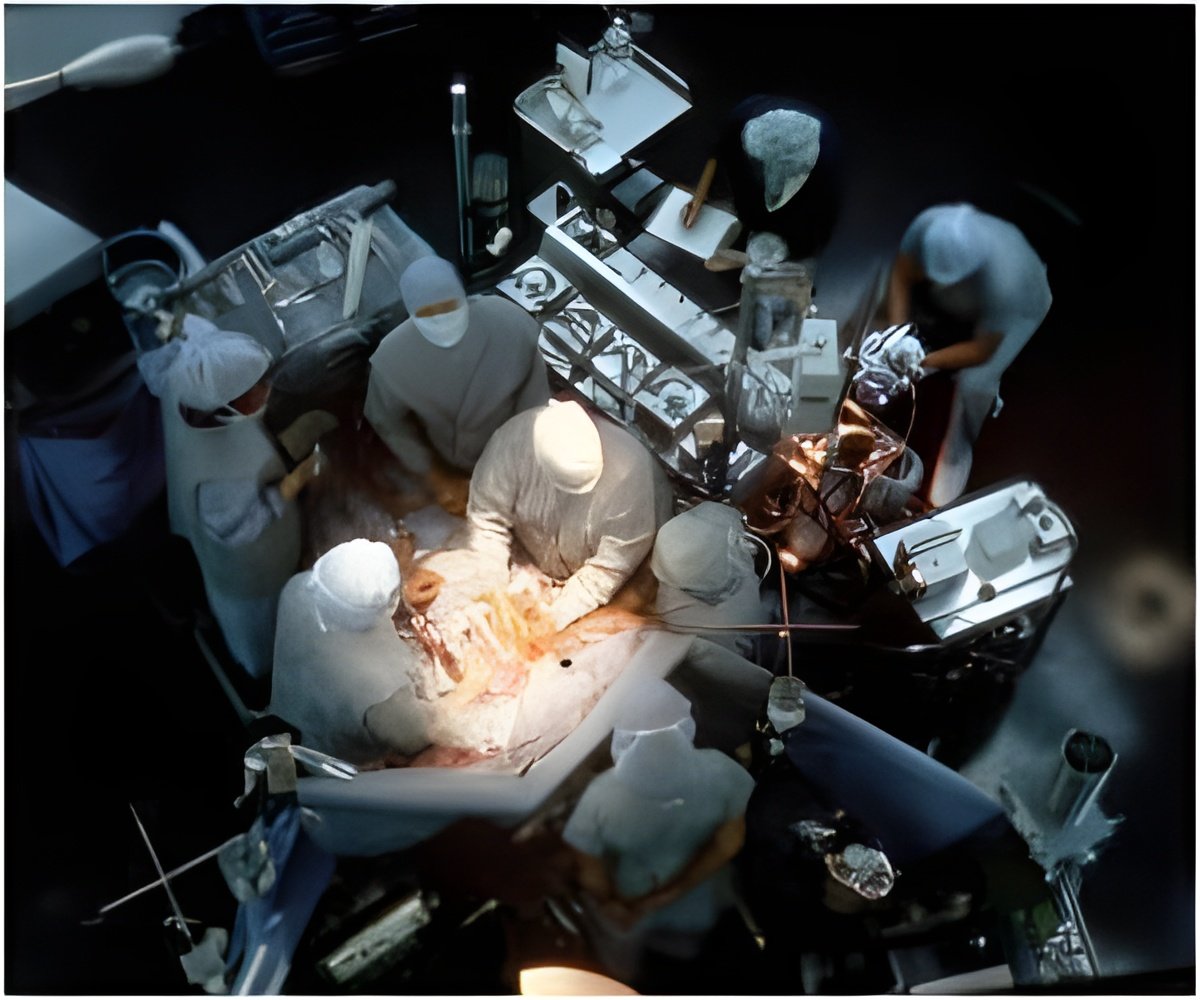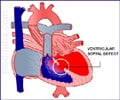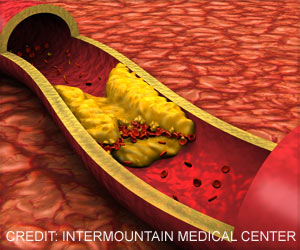Study says inserting intra-aortic balloon pumps prior to angioplasty in patients with acute myocardial infarction (AMI) does not reduce the scope of heart muscle damage

The intra-aortic balloon pump works by increasing the blood supply to the heart, which reduces the heart's workload. According to Manesh Patel, M.D., the principal investigator and cardiologist at the Duke Clinical Research Institute (DCRI), "animal studies had suggested that inserting a balloon pump before opening the vessel would reduce the heart's workload and by doing so, could potentially reduce infarct size When we tested this observation in humans, we did not show an infarct reduction."
CRISP AMI was a multi-center, prospective, randomized trial that enrolled patients with acute ST-segment elevation myocardial infarction (STEMI) without shock within six hours of chest pain onset and planned primary percutaneous coronary intervention (PCI). Of the 337 patients enrolled, 161 were randomized to receive intra-aortic balloon counterpulsation (IABC) prior to primary PCI, and 176 to the standard of care (SOC), which is primary PCI without IABC support.
The mean infarct size, measured using cardiac magnetic resonance imaging, was not significantly different between the IABC and SOC groups (42.1% vs. 37.5%). At 30 days, major bleeding or transfusion occurred in 5 (3.1%) of the IABC patients versus 3 (1.7%) of SOC patients. Major vascular complications occurred in 7 (4.3%) of the IABC patients, versus 2 (1.1%) of the SOC patients. treated with IABC compared to SOC. By six months, death occurred in 3 (1.9%) in the IABC group and 9 (5.2%) in the SOC group.
While the study was not set up to report clinical events, the researchers say the results are interesting because they offer unique insight into treating AMI patients.
"The most striking observation is the excellent overall outcome for the highest-risk patients within the context of this trial," says E. Magnus Ohman, M.D., a co-investigator and cardiologist at DCRI. "The IABC group had less than five percent mortality. It's hard to improve that. We've gotten very good at treating AMI patients."
Advertisement
Ohman says it's also important to note that 15 of the patients in the standard of care group crossed over to receive IABC – five prior to PCI and 10 after.
Advertisement
Source-Eurekalert














